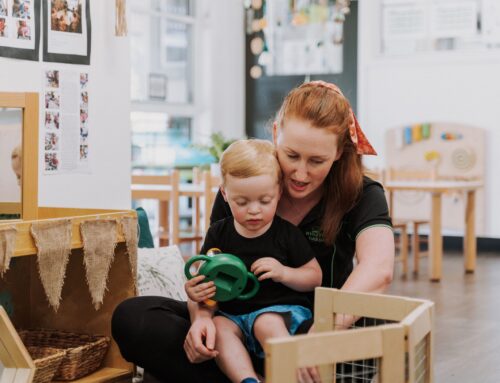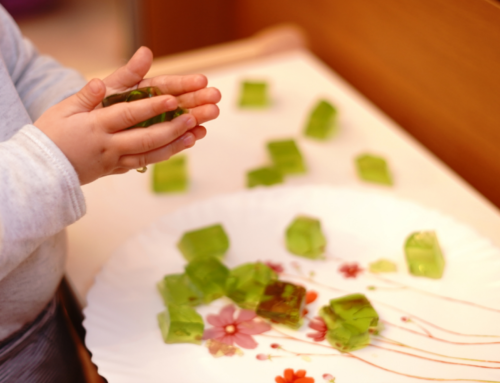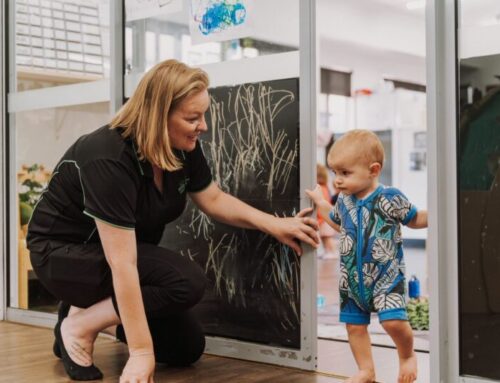Sensory play is play and activities that specifically stimulate children’s senses. Letting children engage in sensory-rich play is essential for the healthy development of their brain. It’s even better if all their senses are engaged at once.
We recently chatted all things sensory play with Dr Siobhan Kennedy-Costantini from https://www.scienceminded.org/ to discover the benefits and just how simple it can be!

Sensory rich play is important to help children develop and strengthen their sensory processing capabilities as well as general wellbeing. Being out in Nature is a wonderful way for children to have really rich and engaging sensory experiences which is why we offer our Bush Kindy program at Little Locals.
Scientific Thinking
Hands-on, self-directed play encourages exploration, discovery and learning. It supports scientific thinking because it requires experimentation, hypothesising, researching and investigating outcomes. When something doesn’t work out how they expect, children have to figure out what happened, adapt, adjust and try again. Learning to experiment in this way supports the development of critical thinking and later academic learning
Brain Food
Sensory Play helps children’s developing brains establish and strengthen neural pathways. New, interesting and fun experiences create the kind of neural connections that improve a child’s ability to engage in complex learning activities.
Picky Eating
Research shows that regular messy play increases children’s willingness to try new foods. Fruits and vegetables are prone to change, either due to ripening or as a result of how they’re cooked. By exploring different textures and tactile sensations during Sensory and Messy Play, including playing with the natural textures of fresh foods, children gain the experience and confidence needed to later try these foods at the dinner table.
Inclusivity
There’s no right or wrong way to engage in sensory-rich play. Because this style of play is so open-ended it’s particularly useful for children with different learning, thinking styles, multilingual children, neurodivergent children or those with special needs.


What are some examples of what this looks like at Bush Kindy?
When playing down the creek a child might be:
– Seeing all the colours of the bush, the wind in the trees
– Smelling the fresh water, the earth and the grass
– Hearing the splashes of the water, children’s laughter, bird song
– Feeling the air on their skin, the mud in between their toes
– Tasting the dusty air, the water as you are splashed in the face
How can we offer these experiences at home?
We can create these kinds of experiences inside as well, we just have to work a little harder. While Pinterest and Instagram are full of beautiful (and seemingly unattainable!) sensory play ideas, it can be very simple to do at home. All kinds of play has the potential to become a sensory activity.
By taking objects that you already have in the house you can create many fun experiences for you and your child. For example:
– Feeding a ribbons or bamboo skewers through the holes of a colander
– Letting your child play with a container of dried pasta while you cook dinner
– Watching and popping bubbles as they float across the room





Social Contact